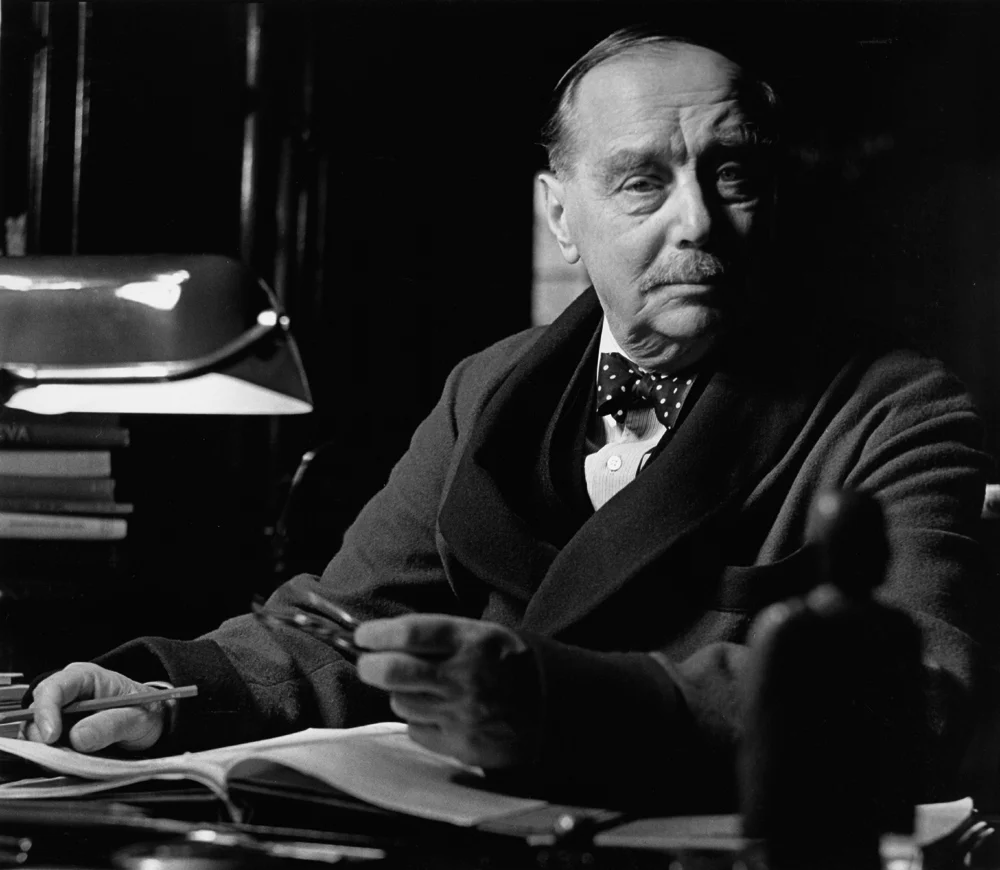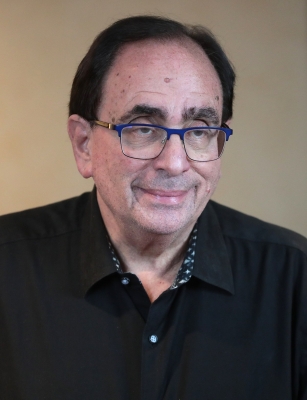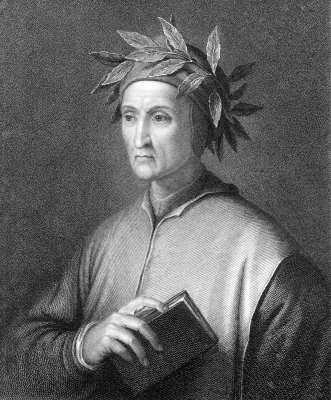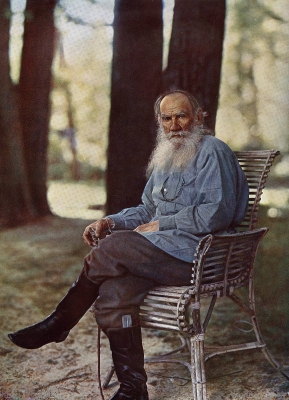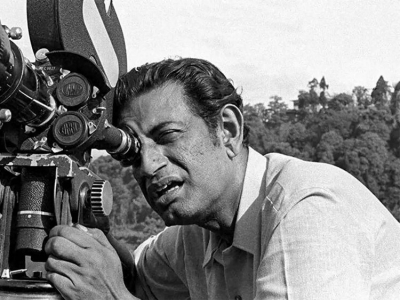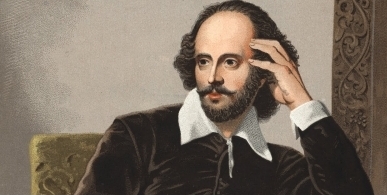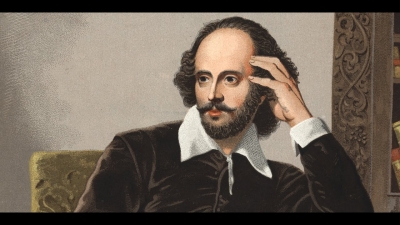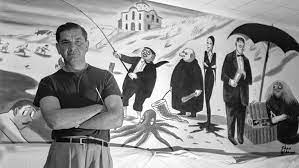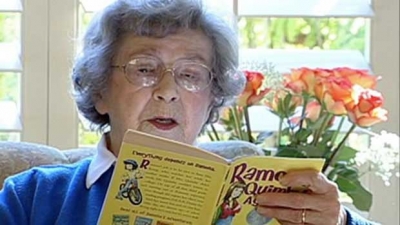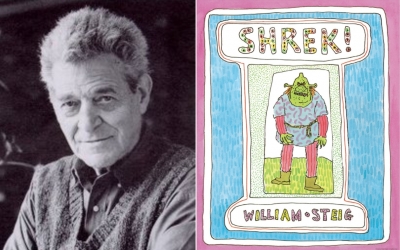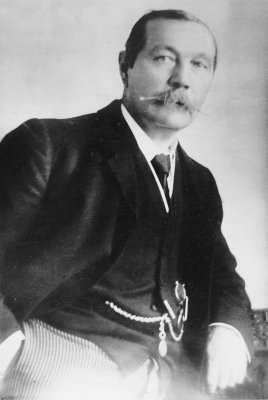What is Thomas Hardy best known for?
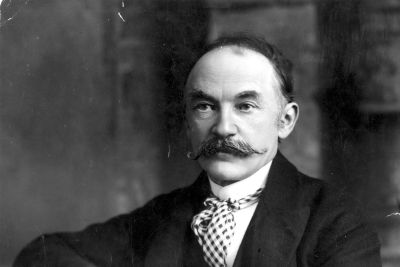
One of the most prolific novelists and poets of the late 19th and early 20th Centuries, English writer Thomas Hardy had an original style, and his works have remained relevant to this day. A highly diverse writer, Hardy wrote short stories, poems, novels and essays. Let's read about the writer whose birth anniversary falls in June.
Imagine hanging from a cliff, suspended in the air, as you stare into the eyes of a trilobite embedded in the rock. This was the fate of Henry Knight, one of the protagonists of "A Pair of Blue Eyes", which was published serially in a publication. And readers had to wait over a month to know if Knight had survived or not.
Sounds like a cliffhanger? Well, indeed it is. The plot device "cliffhanger" is believed to have its roots in English writer Thomas Hardy's work "A Pair of Blue Eyes". He was one of the most prolific novelists and poets of the late 19th and early 20th Centuries.
Hardy's career spanned two eras, the Victorian and the Modern. Noted for his unique and original style, Hardy's work was modern as well as ancient, remaining relevant to this day. A highly diverse writer, Hardy wrote short stories, poems, novels, and essays.
Early life
Born on June 2, in Higher Bockhampton, Dorset, England, Hardy was the eldest of the four children of a stonemason Thomas Hardy and his wife Jemima. Growing up, Hardy spent his childhood in a rural setting, in an isolated cottage near an open heathland (wide, open shrubland). This experience of being accustomed to rural life and oral culture left a profound impact on Hardy and became intrinsic to his later writing. In fact, it was his mother's love of reading and books that got passed on to the son. At the age of eight, Hardy studied in a village school and then shifted schools.
He continued his primary school education till he was 16 and later apprenticed to a local architect. In 1862, before his 22nd birthday, he moved to London to become a draftsman.
Literary work
Hardy's job as an architect affected his education. Although he wanted to study at a university and become an Anglican minister, the lack of funds and gradual loss of interest in religion made him abandon the notion and turn to writing.
His first novel manuscript was "The Poor Man and the Lady" (1867-68) and this got rejected by several publishers. But one publisher encouraged him and he changed his style of writing. His writing career picked up after publishing "Desperate Remedies" in 1871, and he was in a good place to leave the field of architecture.
That was when he landed a contract for writing 11 monthly instalments of the serial story "A Pair of Blue Eyes", in the Cornhill Magazine. The next novel was "Far from the Madding Crowd" (1874). The next two novels, "The Return of the Native" (1878) and "The Mayor of Casterbridge" (1886), helped establish him as a writer.
Hardy himself classified his novels under three headings viz. "novels of character and environment", "romances and fantasies" and "novels of ingenuity". "Tess of the d'Urbervilles" (1891) is another famous novel of his.
While the book is appreciated now, it attracted negative reviews when published as it was seen to be at odds with the Victorian sensibilities. This is considered to be one of the reasons for Hardy abandoning fiction for writing poetry, plays and short stories.
Starting 1898 towards his death in 1928, Hardy published eight volumes of poetry. Noted mostly for his lyric poetry Hardy carved a space for himself in the poetic milieu. His poems are known for colloquial diction and intense imagery. He also published a huge poetic drama called 'The Dynasts" between 1903 and 1908.
With 'The Dynasts", Hardy was so ahead of his time and created something that was neither a story, play or poem but rather a shooting script. He was broke free from the norm and invented a work of art that was in accordance with the conventions of the medium of cinema. "The Dynasts" was published in three parts over five years.
Post his death, on January 11, 1928, Hardy's body was buried at Westminster Abbey. His heart (having been removed before cremation) was buried in Stinson, England, near the grave of his first wife and his ancestors.
Picture Credit : Google
